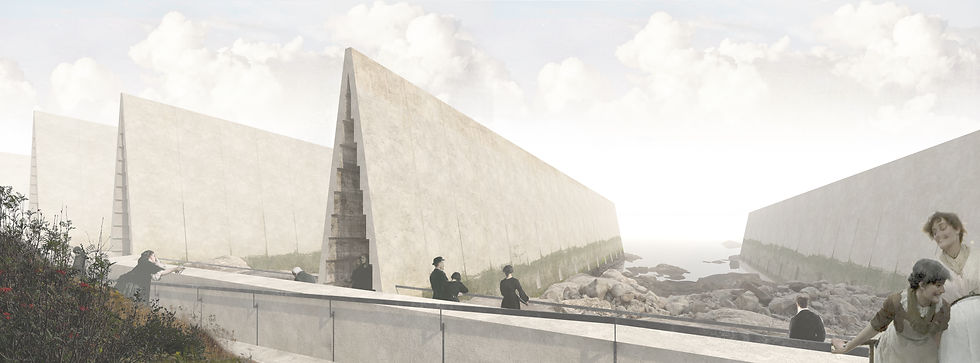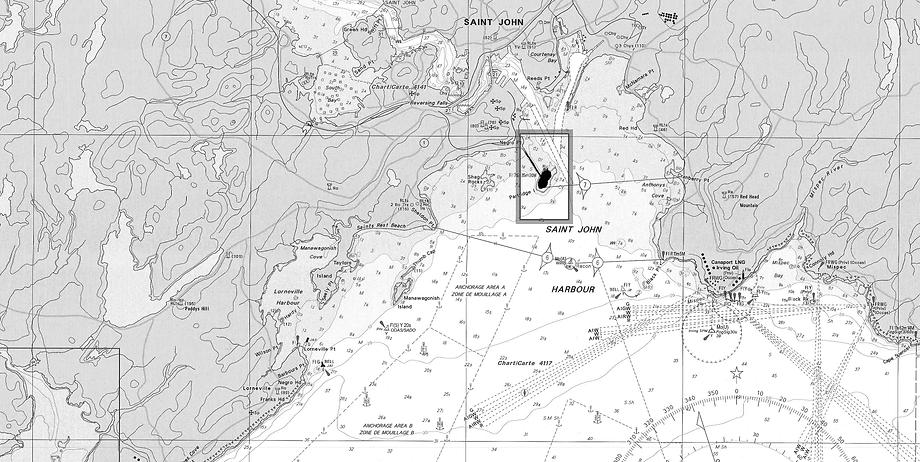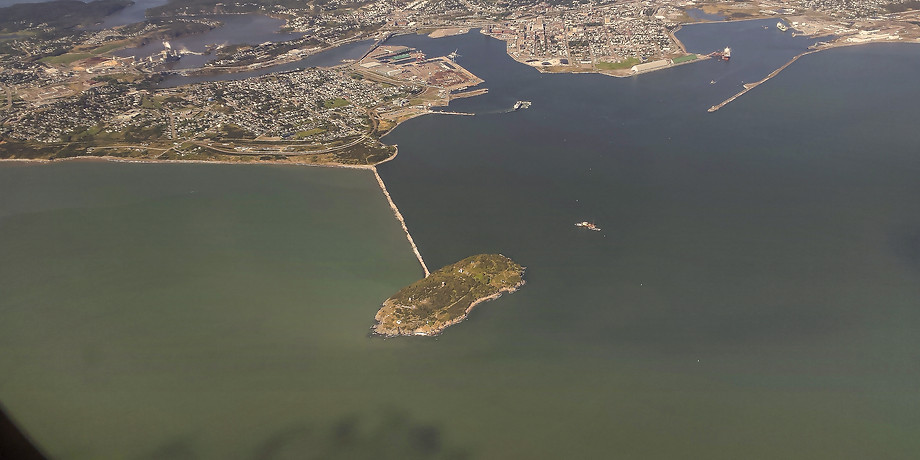Architecture Folio
The Flood Gardens
Architectural Tourism and the Sublime, Partridge Island, Saint Johns, New Brunswick, Canada




Hadrian's Villa is a massive empirial estate, located in Tivoli, where Hadrian conducted both business and pleasure during his reign as Emperor of Rome. The estate was much forgotten until a young Giovanni Battista Piranesi rediscovered the sprawling villa and spent the remainder of his life documenting and studying the ruins. The plan was completed and published three years after Piranesi's death, finished by his son.
Piranesi's skill at surveying was matched by his abilities of invention. Many of his etchings complete missing sections of ruins and embellishing overgrowth and degradation in others. This project continues the spirit of invention at the Villa in Tivoli, focused on Hadrian's prized structure, the Canopus. Myth and History come together in the tragic love story of Hadrian and his lover, Antinous.
Plan of the existing buildings at Hadrian's Villa
Piranesi, Giovanni B., 1720-1778

Partidge Island
Saint Johns Harbour

pergola
large pond
dining hall
small reservior
Serapeum-sanctuary
Hadrian had modeled his villa after his tours across the Roman Empire. Each structure was a souvenir, embedded with symbolism. The Canopus was taken from his riverboat rides down the Nile, where he often traveled with his youth companion Antinous. The many sculptures included two river gods at the front of the standing pool and an alligator nearby in the water.
The long reflecting pool ended in the Serapeum, the original temple also stood at the mouth of the Nile. The Serapeum at the Canopus was used as a splendid dining hall rich with sculptures, paintings, and water features to entertain political or otherwise non-political guests of the Villa.




“The way that Hadrian took the boy on his travels, kept close to him at moments of spiritual, moral or physical exaltation, and, after his death, surrounded himself with his images, shows an obsessive craving for his presence, a mystical-religious need for his companionship.”
Royston Lambert, 1984
1. Book.2, Dialogue - The Grotto (Cover)
2. Obsession, Sculpture Wall within Reliquary
3. Loss, Reflecting Pond above Reliquary
4. Divination, Reliquary Exit & Sculpture Niche




Objects moving across the water produce a wake. The arms of the chevron pattern created are made of feathered wavelets known as tranverse waves. The interposed angles cascade across the water’s surface into the divergent & cusp wave.
Royston Lambert, 1984
1. Book.3, Exodus - The Wake (Cover)
2. Transverse Wave, View towards the Serapeum
3. Divergent Wave, Within the Labyrinth
4. Cusp Wave, Labyrinth Exit